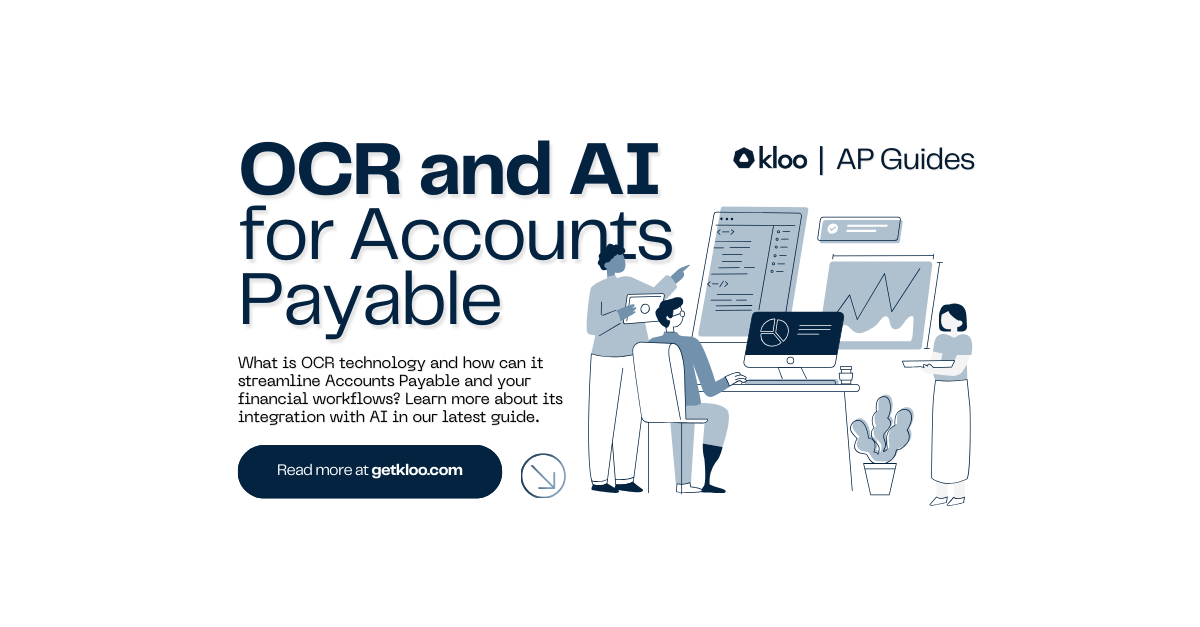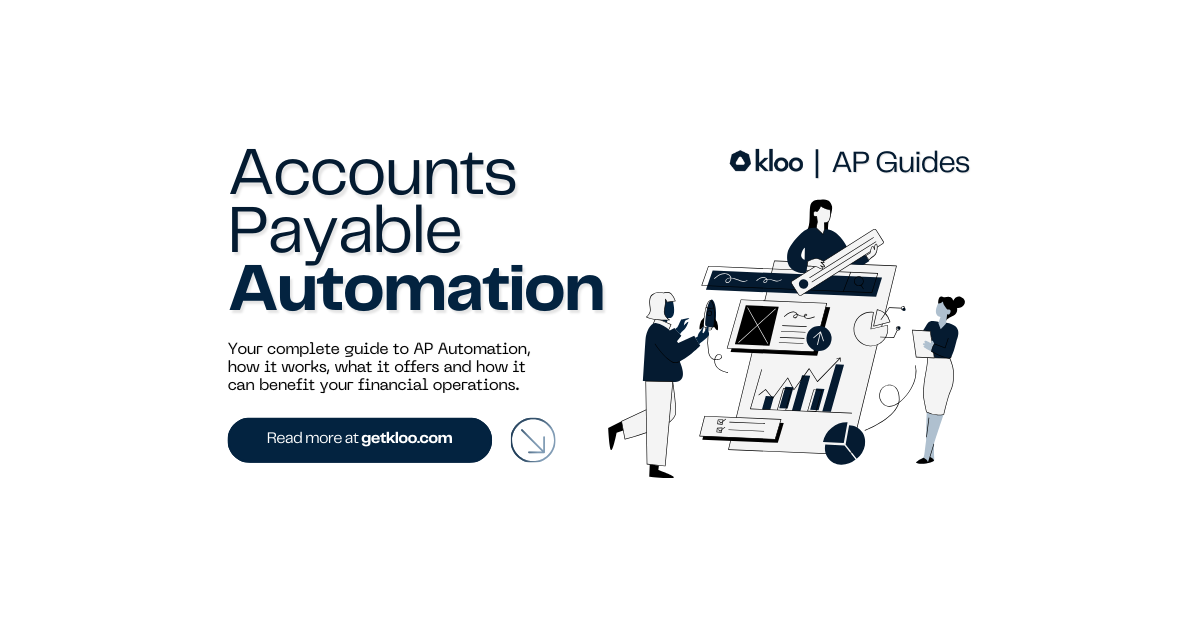
OCR and AI for Accounts Payable: A Comprehensive Guide

Optical character recognition (OCR) is a technology that converts different types of documents, such as scanned paper documents, PDF files, or images captured by a digital camera, into editable and searchable data. OCR technology can be used to automate several steps in the accounts payable workflow, bringing numerous benefits to organisations. OCR allows computers to extract and interpret text data from scanned images, PDFs, or other electronic documents, which can be used to automate data entry and other manual tasks involved in the accounts payable process.
What OCR Is and How it Works
Optical Character Recognition (OCR) simplifies document capture in the accounts payable workflow by enabling computers to extract and interpret text data from various sources such as scanned images, PDFs, and electronic documents, ensuring a high level of precision in data extraction.
In the document capture process, OCR technology plays a pivotal role in transforming physical and digital documents into machine-readable text. This step is crucial for automating data entry and expediting the overall accounts payable workflow. Understanding the nuances of OCR in document capture is essential for organisations seeking to enhance efficiency and accuracy in their accounts payable processes.
Exploring the intricacies of OCR techniques provides insights into the adaptability of the technology and its ability to handle diverse document types. This adaptability is crucial for organisations dealing with a variety of invoices and purchase orders from different vendors.
Benefits of OCR for Accounts Payable
Here are some ways that using OCR in the accounts payable workflow can help automate the process and bring benefits:
- Faster processing: OCR technology can extract data from invoices or purchase orders much faster than humans can. This allows organisations to process invoices and purchase orders more quickly, reducing the time it takes to complete the accounts payable workflow.
- Reduced errors: Manual data entry is prone to errors, which can lead to inaccuracies in the accounts payable process. OCR technology reduces the risk of errors by automatically extracting data from invoices and purchase orders and inputting that data into the appropriate fields in the accounting system.
- Lower costs: Automating the accounts payable process using OCR technology can help organisations save money by reducing the need for manual labour. This can include reducing the number of staff needed to perform data entry tasks, as well as reducing the number of errors and associated costs.
- Improved data accuracy: OCR technology can help improve data accuracy by eliminating human errors that can occur during data entry. This can help ensure that invoices and purchase orders are processed correctly and that payments are made in the correct amount.
- Enhanced productivity: Automating the accounts payable process using OCR technology can free up staff time to focus on more strategic tasks, such as analysing data and improving processes. This can help improve overall productivity and efficiency in the accounts payable department.
- Improved vendor relationships: By automating the accounts payable process using OCR technology, organisations can process invoices and payments more quickly and accurately, which can help improve relationships with vendors. This can lead to better terms and conditions from vendors and improved supplier relationships.
- Better cash flow management: By automating the accounts payable process using OCR technology, organisations can process invoices and payments more quickly, which can help facilitate effective cash flow management, reducing the risk of cash flow problems and improving financial stability.
- Improved compliance: OCR technology can help improve compliance with regulatory requirements and internal policies by ensuring that invoices and payments are processed accurately and in accordance with established procedures.
How Kloo Implements AI for Enhanced OCR Capabilities
Artificial intelligence (AI) integration enhances OCR capabilities in the accounts payable workflow. AI complements OCR by improving recognition accuracy, handling unstructured data, and continuously learning from new data inputs. Organisations leveraging AI-integrated OCR systems gain a competitive advantage in terms of adaptability, scalability, and improved data processing capabilities.
Kloo leverages AI and OCR technology to extract and store invoice data on the platform, saving your team valuable time and increasing accuracy with automated PO matching and a customisable approvals engine.
Understanding the synergy between OCR and AI sheds light on the evolving landscape of technology in accounts payable. This integration not only enhances the accuracy of data extraction but also positions organisations for future advancements in automation and intelligent decision-making.
The Evolving Landscape of OCR in Accounts Payable
As technology continues to advance, the landscape of OCR in accounts payable is continually evolving. This section will provide insights into emerging trends and innovations, such as improved machine learning algorithms, enhanced data security measures, and the integration of OCR with blockchain technology. By staying abreast of these developments, organisations can position themselves at the forefront of accounts payable automation, ensuring sustained efficiency and competitiveness in the digital era.
Exploring future trends in OCR for accounts payable highlights the dynamic nature of technology and its potential to reshape and optimise financial processes. Organisations that proactively embrace these trends can stay ahead of the curve and harness the full spectrum of benefits that OCR offers in the accounts payable domain.
Let's get started

